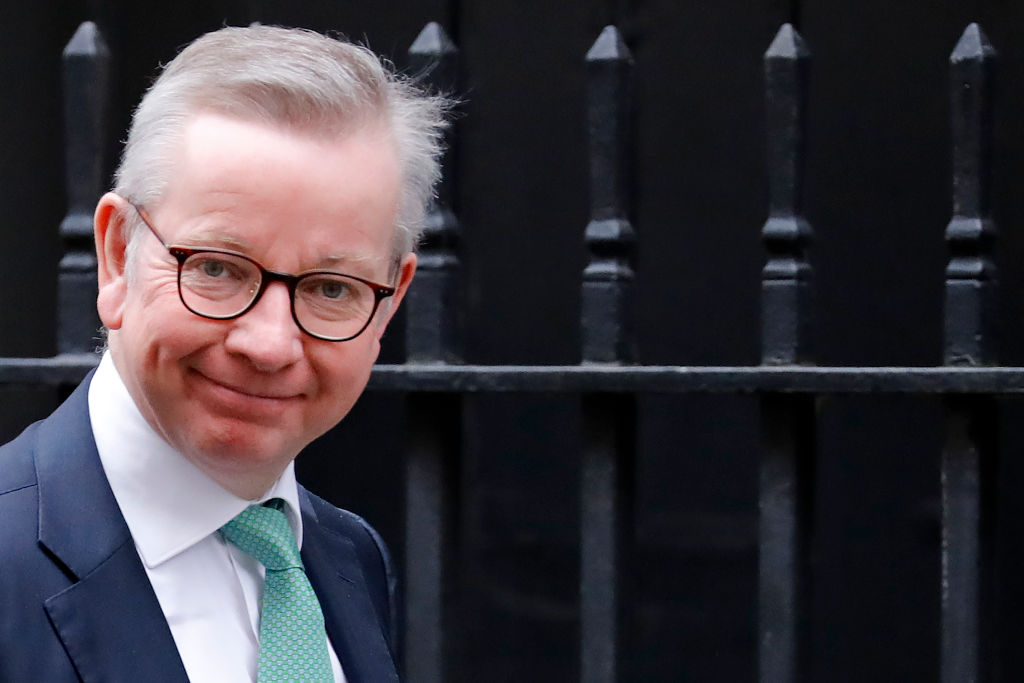Children of richer families are studying six hours a day compared with four-and-a-half hours for children from poorer families. Which translates, says the IFS, which conducted a survey of 4,000 parents, to a gap of seven days advantage for the haves over the have nots by next month. Surprise! I don’t, myself, think they’ve quite got a grip of the thing yet, although they do point out that over half of parents of all backgrounds find it hard to support their children’s learning at home. Which I’d say is getting a bit closer to the truth.
Because if quite a few of the richer children surveyed are educated privately, the difference between the fee paying secondary schools and the state ones is a matter of kind as well as degree. Most private schools are offering their pupils virtual classes. So the children have some sort of structured school day, with classes in different subjects and contact with an actual teacher who asks them questions and things. They, you know, teach. The children hand in homework online, which is marked and returned. Teachers let parents know what’s going on. While the virtual classes aren’t anything like a substitute for the real thing, privately educated children are getting something that approximates to a school education.
Not necessarily so in the state sector. There, for schools that have recourse to Google Classroom, or similar, you often don’t have actual classes, where pupils see the teacher, and the teacher talks with the pupils in real time. Instead, work is set online and children are left to their own devices to get on with it. They are meant to return schoolwork. But it’s up to the teacher whether to chase them up for it. And it’s also up to the teacher whether to mark the work and return it.
Yet it is possible even in the state sector to have virtual classes. My children have had two each; my son had two physics lessons since the start of lockdown, with the teacher making clear that she was doing it voluntarily. My daughter has had two maths lessons, and plainly this teacher is really going for gold, because she’s getting a third today. Since the start of lockdown. Yay!
These are good schools they’re at, but this amount of teaching is vanishingly small compared to the tuition friends are getting from private schools: every day, in lots of subjects. I don’t say this particularly in a class war spirit; I just don’t think lots of people in government get it.
The state schools aren’t taking this approach out of sheer idleness, at least, not in the case of the good ones. The head of one excellent secondary school said bluntly that, at the outset, when schools closed, he was faced with a choice between the good but inequitable option and the less good but workable one.
Let me explain. In most state schools you can’t rely on every child having access to their own laptop, which you need for the virtual teaching option. So rather than put poorer children at a disadvantage, he went for the second option. That means, as I said earlier, putting work online and leaving the children to complete it in their own time. His school is good about chasing up work but lots of schools aren’t. ‘In bad schools’, he said grimly, ‘you get a collusion of apathy. The children can’t be bothered to hand in the work; the teachers can’t be bothered to mark it.’ Yep, that sounds right. I found out 52 days into lockdown that my daughter hadn’t been handing in her work (it took that long to let me know). ‘It’s never marked anyway’, she says.
The solution is, of course, to reopen schools as soon as possible in order to diminish this weird class divide. But the teaching unions are unhappy with returning to work this side of September.
Why can’t secondary schools return? Most of the arguments that the unions are putting up against having contact with pupils hold good for small children, not for teenagers. They don’t need to be picked up. They don’t, unless they’re a bit odd, throw their arms round their teachers or each other. They understand social distancing; they’re practising it already at the supermarket. They usually can get to school by themselves – some will be within walking distance – and can handle a staggered school timetable.
So why can’t they go back to school? There might have to be a shorter school day, with different start and finish times, and no school lunch or sport. Pupils may have to spread out over all the available space – sports halls say – to keep their distance. But it’s not impossible. Young people seem to be less likely than adults to contract the illness severely and far less likely to die of it. Teachers returning to work are probably no more at risk than shop workers. So what’s stopping them?
I know Michael Gove is awfully busy just now. But is there any chance he could be spared to take over Gavin Williamson’s job for the duration of the pandemic? He’s the only education secretary since 2010 who actually changed anything. Moreover, his children are at state schools. It matters.







Comments